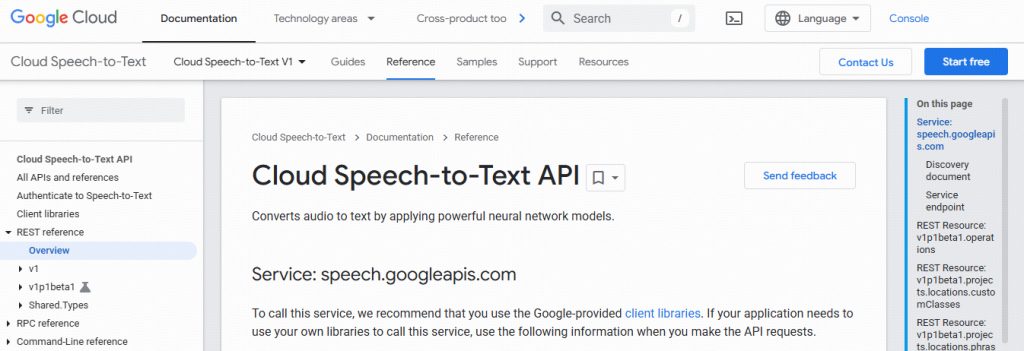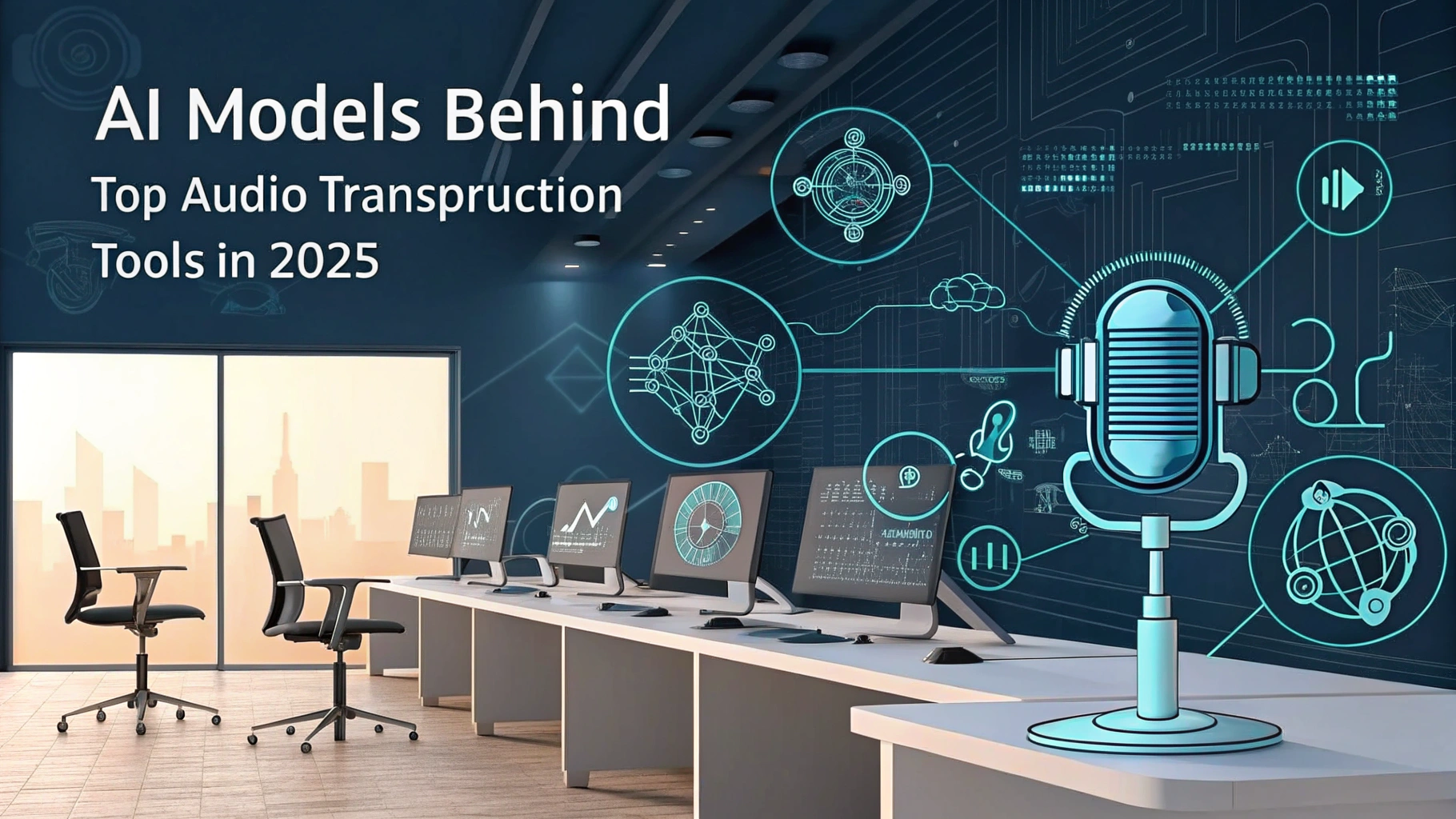Voice transcription tools are everywhere—from meetings and lectures to podcasts and interviews. But what powers these tools under the hood? Behind every accurate, real-time transcription app is a powerful Automatic Speech Recognition (ASR) model.
In this article, we break down the core speech-to-text models used by leading transcription tools like VOMO,Notta, Otter.ai, Vuurvliegjesen meer.
Why Does the Choice of Model Matter?
In general, the ASR (Automatic Speech Recognition) model determines most of a transcription tool’s performance, including accuracy, transcription speed, multilingual support, and cost.
If the same model is used, the accuracy and speed of different audio-to-text tools will not vary significantly.
Nauwkeurigheid (especially with accents or noise)
Snelheid (real-time vs batch)
Language support
Kosten (API pricing or compute requirements. )
Cost has a significant impact on the pricing strategies of major transcription tools.
AI large models are expensive to run, so tools that are based on them typically offer little to no free trial.
In contrast, machine learning-based Otter provides a generous free plan, but the trade-off is lower accuracy.
For example:
- Als u meertalige transcriptie, Whisper is hard to beat.
- Voor developer integration, Google and Deepgram offer flexible APIs.
The Core AI Models Behind Modern Transcription Tools
1. Fluister door OpenAI

Used by: VOMO, Notta, Trint (partially), Descript (in some workflows)
What it is
Whisper is a powerful open-source ASR model trained on 680,000 hours of multilingual and multitask supervised data collected from the web.
It has been out for over two years now, and few models have seriously challenged its dominance. However, its performance in languages other than English—such as Chinese—is still less than ideal.
Strengths:
Ondersteunt meer dan 50 talen
Handles accents and noisy environments well
Offers translation and transcription in one step
Use case: Great for international transcription, long-form audio, and research.
2. Google Speech-to-Text API

Used by: Early versions of Otter, Notta (certain modes), Rev.ai (some workflows)
What it is
A commercial-grade ASR API from Google Cloud with support for 120+ languages and dialects.
If you see an audio transcription tool claiming to support 120 languages, you can be fairly certain it’s most likely using Google’s API.
Strengths:
Real-time and batch transcription
Word-level timestamps
Custom vocabulary and speaker diarization
Use case: Ideal for scalable business apps with high language flexibility.
3. Deepgram

Used by: Fireflies.ai, CallRail, Verbit
What it is: Deepgram uses end-to-end deep learning models trained specifically on call and meeting audio.
Strengths:
High accuracy in phone calls and meetings
Ultra-low latency
Models tuned by industry (finance, healthcare, etc.)
Use case: Ideal for sales calls, Zoom meetings, and call centers.
4. Amazon Transcribe
Used by: Temi, select SaaS platforms
What it is: AWS’s scalable ASR service supporting real-time and batch transcription.
Strengths:
Custom vocabulary
Language identification
Integrated with AWS ecosystem
Use case: Best for cloud-first enterprise workflows.
5. Microsoft Azure Speech Services
Used by: Enterprise tools and voice assistants
What it is: Microsoft’s robust speech API supporting transcription, translation, and speech synthesis.
Strengths:
Real-time transcription with punctuations
Identificatie spreker
Multilingual translation
Use case: Versatile, secure, and ideal for corporate tools.
6. Custom / Hybrid Models
Many top tools build on these models or combine them with proprietary enhancements.
🔹 Otter.ai
Now uses: Custom hybrid model (no longer depends on Google).
Otter used to rely heavily on Google’s machine learning models, which is one of the main reasons many users criticized it for its low transcription accuracy.
Optimized for: Meetings, with contextual awareness and speaker tracking
Bonus: Offers automatic summaries and slide capture
🔹 Notta
Uses: Whisper, Google STT, and others (depending on audio language and quality)
Bonus: Lets users choose between standard and “AI-enhanced” transcriptions
🔹 Fireflies.ai
Uses: Whisper, Deepgram, and internal models
Unique: Lets users switch between engines for best accuracy
ASR Model Comparison Table
| Gereedschap | Core Model(s) Used | Supports Whisper | Proprietary Model | Beste voor |
|---|---|---|---|---|
| VOMO | Whisper | ✅ Yes | ❌ No | Fast and Accurate Transcription |
| Notta | Whisper + Google + hybrid | ✅ Yes | ❌ No | Multilingual audio |
| Otter.ai | Custom Hybrid (formerly Google) | ❌ No | ✅ Yes | Meetings & summaries |
| Vuurvliegjes.ai | Deepgram + Whisper + Custom | ✅ Yes | ✅ Yes | Call & meeting transcriptions |
| Trint | Whisper (partially) | ✅ Yes | ❌ No | Video editing + transcription |
| Rev.ai | Custom + Google API (early) | ❌ No | ✅ Yes | Human-level transcription |
Laatste gedachten
Choosing a transcription tool isn’t just about UI or features—it’s about the AI model powering the engine. Whether you’re a student, journalist, or business professional, knowing what’s under the hood can help you pick the most accurate, efficient, and cost-effective solution for your needs.
If you’re curious to test tools powered by different models, platforms like Notta en Vuurvliegjes.ai give you that flexibility.
Want to explore Whisper-powered tools?
Check out VOMO.ai, a fast and accurate transcription service powered by Whisper and designed for meetings, notes, and more.
